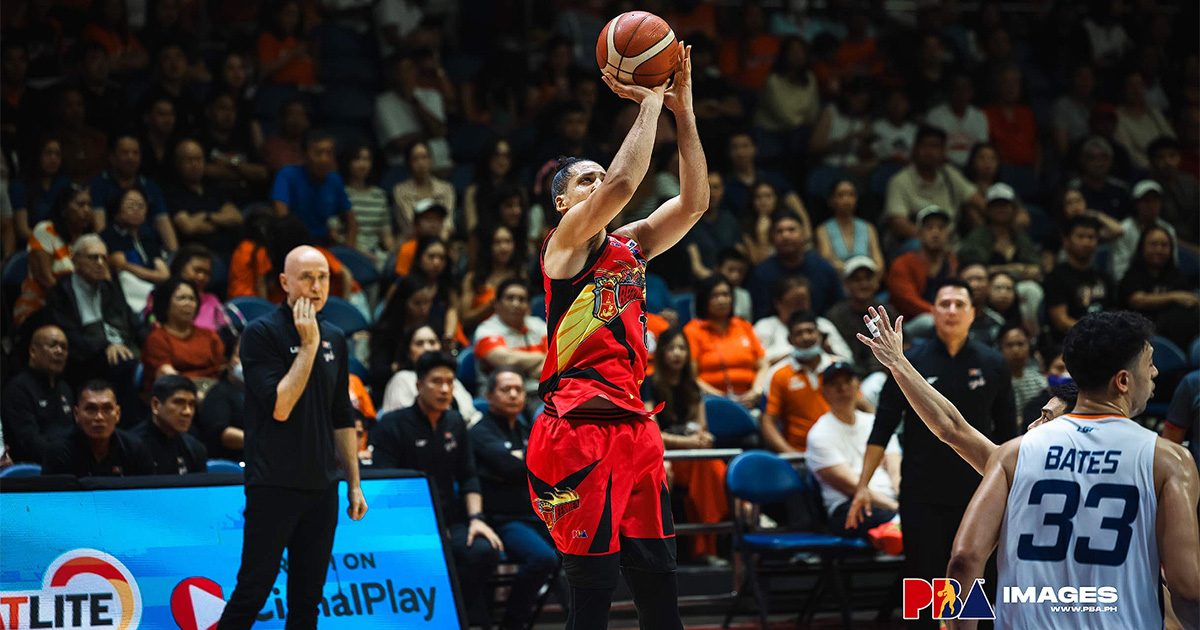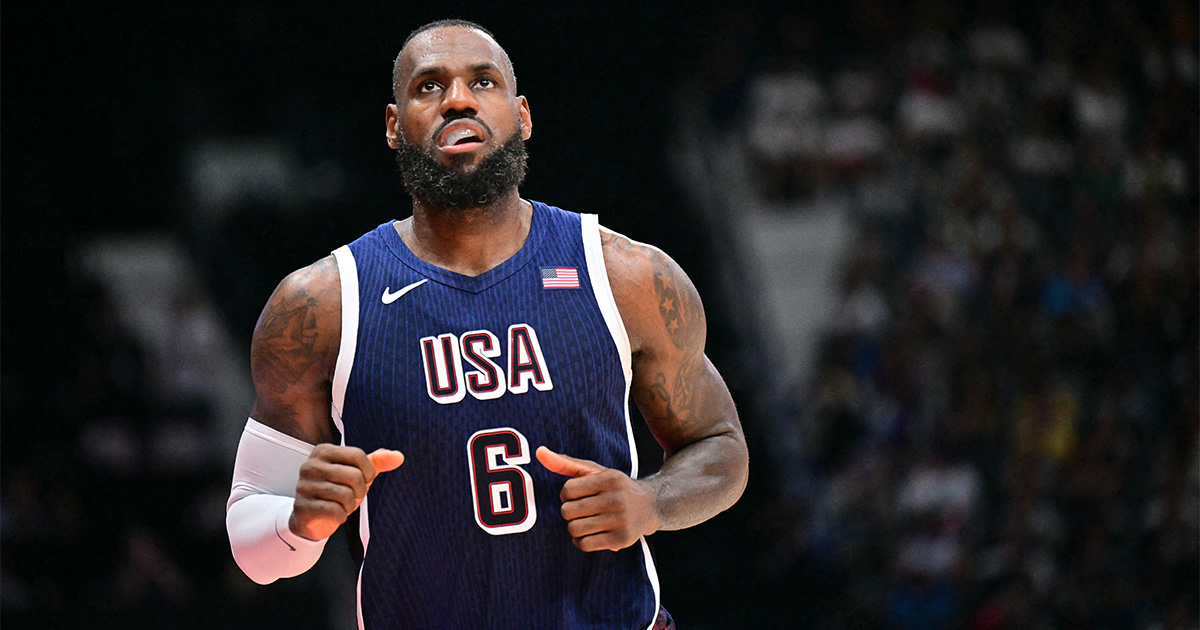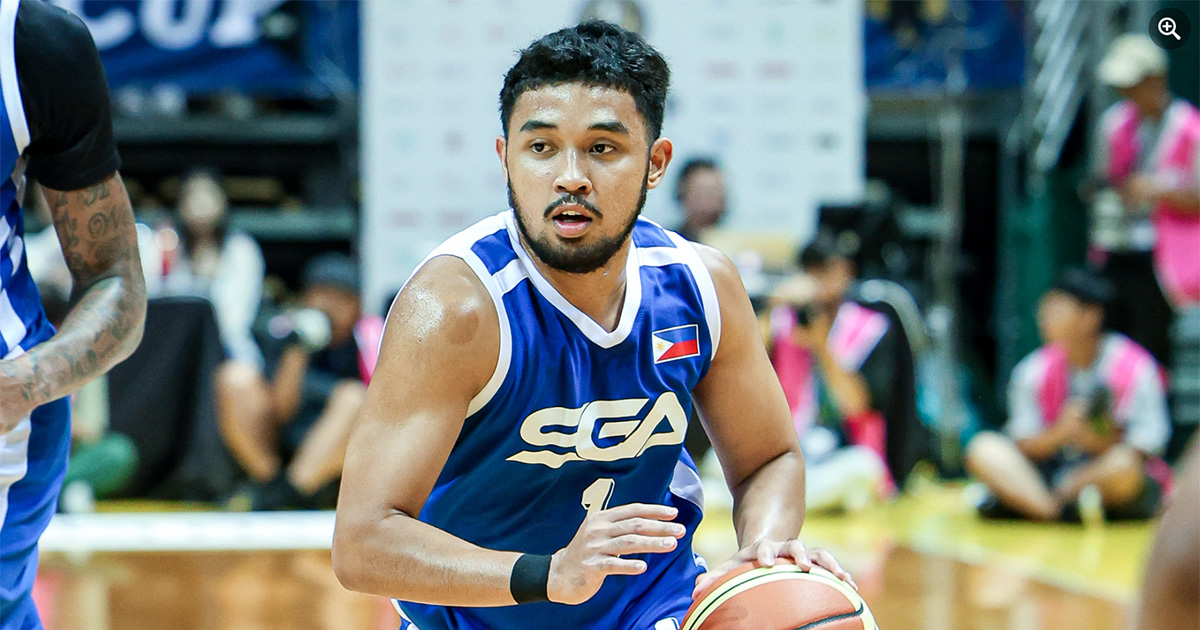While it may not be obvious, the Miami Heat and the Phoenix Suns have a lot in common.
Both are title contenders this season and were the finalists from the last two NBA Finals, but both unfortunately came home empty-handed in six games. The Heat and the Suns were also the last teams Jae Crowder played for.
Now all of those similarities came prior to the 2021-2022 season, where both Miami and Phoenix are being led by point guards Kyle Lowry and Chris Paul, respectively, both of whom are at least 35 yet have been integral parts to their respective squads’ success so far.
The parallels continued to hover over them as Lowry and Paul had similar stats at halftime (seven points, one rebound, four assists, and two turnovers) when the Heat visited the Suns.
In the end, Lowry won the matchup as his 14 points and game-high 13 assists helped give the Heat a 123-100 win over Phoenix. Miami shot 50 percent from the field and behind the 3-point line, using a strong second quarter and 60 combined bench points on 11 3-pointers from Tyler Herro and Duncan Robinson to hand the team with the best record in the NBA a loss. Both teams combined for 36 3-pointers, with the 22 the Heat made tying a franchise record.
Both Lowry and Paul orchestrated their respective offenses as they combined for 20 assists. While they don’t need to put a ton of points on the board as scorers, their effectiveness comes from how they create opportunities for their teammates while also providing the leadership that comes with decades-long experience.

Paul has remained effective even in a league of 3s and close range shots as the midrange has made a comeback. He makes 50 percent of his field goals from inside the 3-point line this season, easily taking advantage of any space defenders give him.
The solid shooting from Paul’s sweet spots makes the 11-time All-Star doubly dangerous, as defenders now have to think twice in whether to leave him open in the perimeter or allow the likes of Deandre Ayton, JaVale McGee, or Jalen Smith to finish easy lobs. It has, in fact, opened up the rest of the Suns’ offense as well as his drives and midrange threat also give the likes of Crowder, Devin Booker, and Mikal Bridges open 3-pointers and opportunities for mismatches.
Lowry too, helps lead the Heat offense, but it’s the intangibles he provides, especially on the defensive end, that remain the hallmarks of his leadership. At 35, he isn’t afraid to sacrifice his body and take a charge, a mentality that made him easily assimilate to “Heat culture”.
Moreover, the Heat have a lot of ballhandlers that can allow Lowry to operate off-ball. Over the last five seasons, at least 25 percent of his 2-point shots were assisted and he can find ways to score thanks to the spacing offered by the likes of Herro, Robinson, and Caleb Martin.
In a league where load management is on the agenda even for young stars, both Lowry and Paul rarely take nights off unless it’s an injury that forces them out. Paul has unfortunately been on the wrong end of playoff exits over the past few years due to injury and while a shoulder injury looked to derail his Finals run last season, he powered through it.
Lowry’s in a good place with Miami in terms of health and fitness, as Heat team president Pat Riley has laid the foundation for high standards in those areas, with Miami head coach Erik Spoelstra building on and continuing the winning tradition set by his mentor. Lowry has so far only missed four games due to an ankle injury and COVID-19 health and safety protocols, and with the former being a tricky injury, the Heat will exercise caution especially with their plans for a long postseason run.
Should the Miami Heat and Phoenix Suns Face each other once again in the NBA Finals in June, Chris Paul and Kyle Lowry will likely take center stage. The numbers may not come in droves for them, but count on them to do the little things to earn the win.















